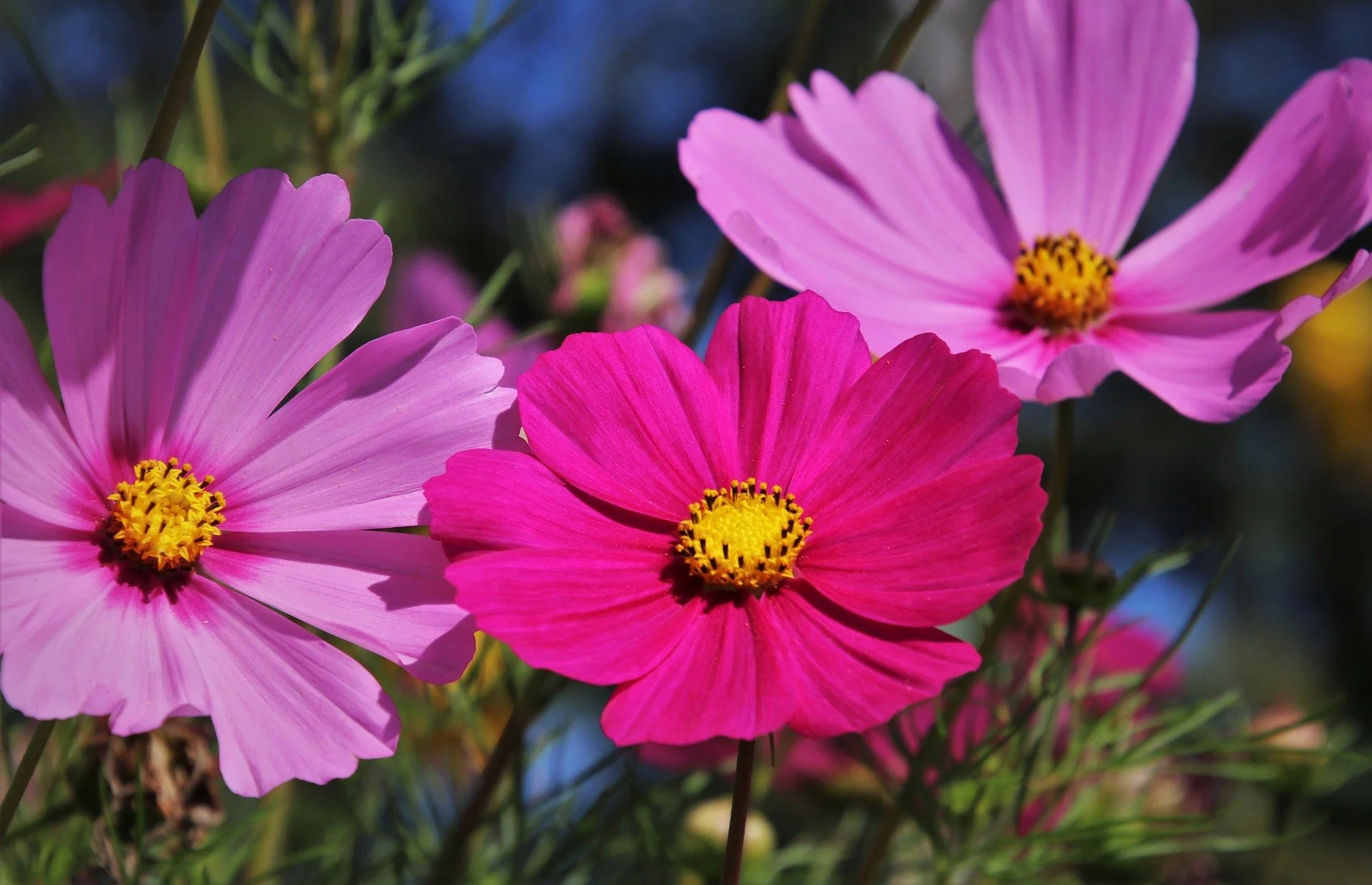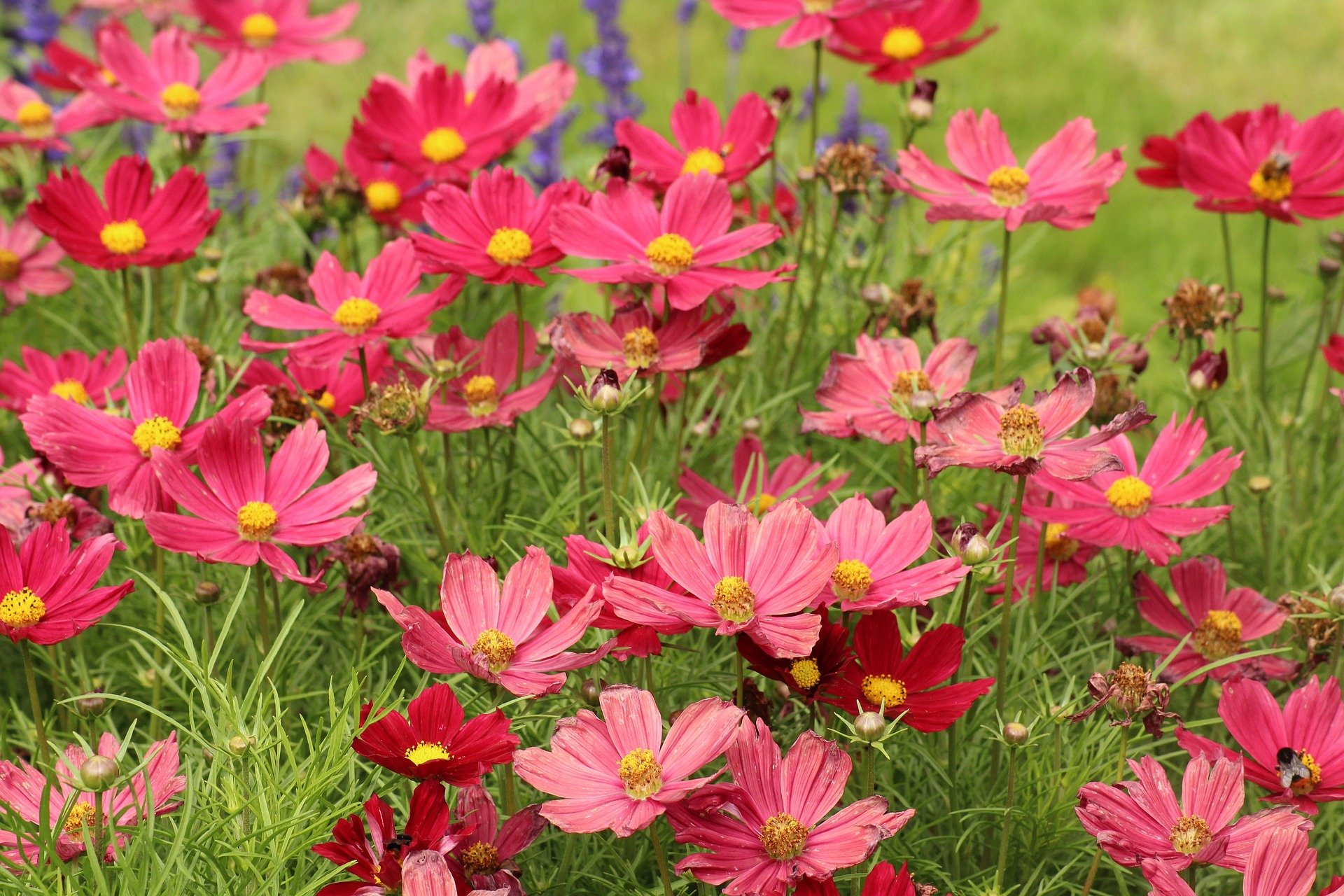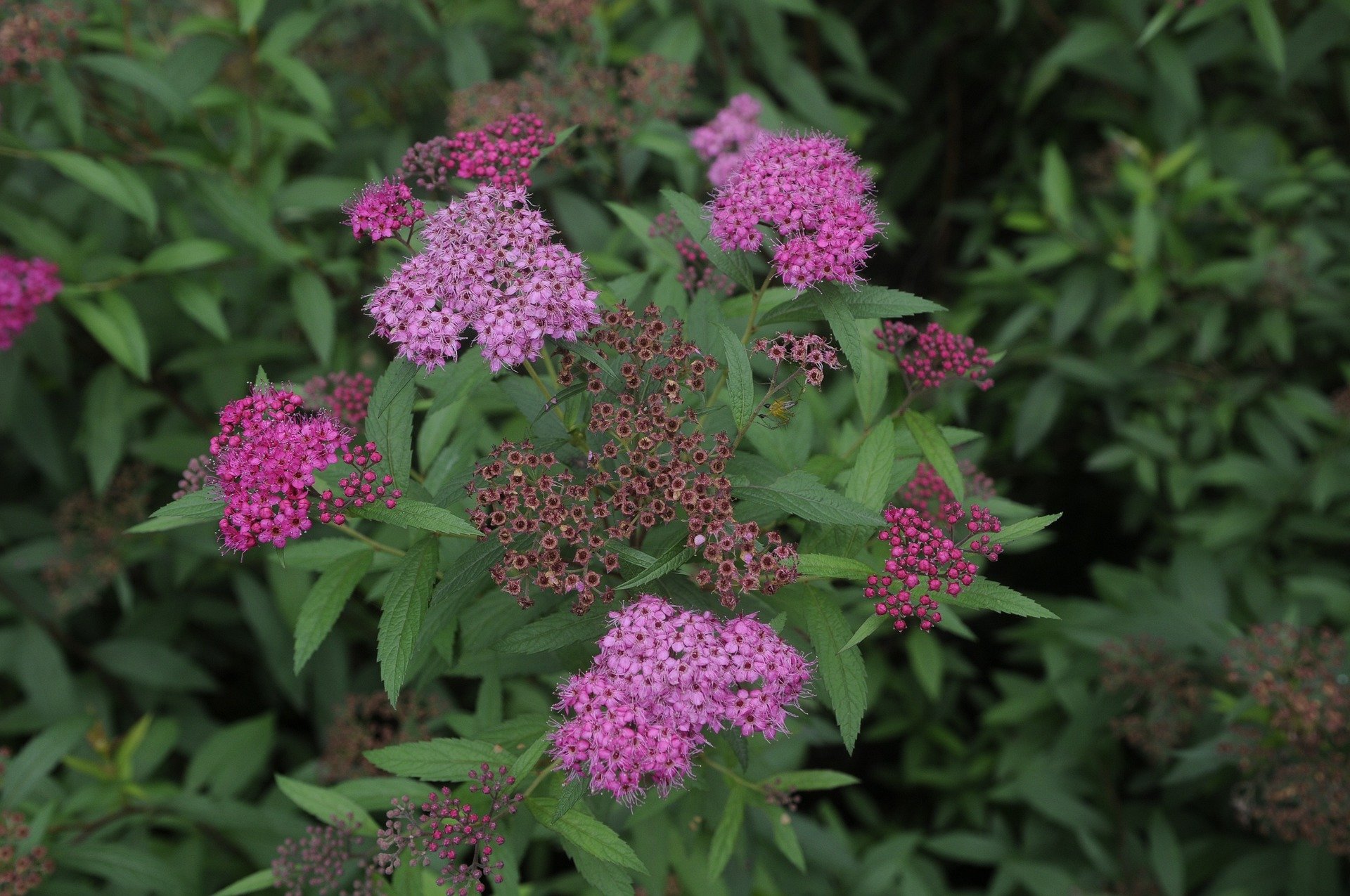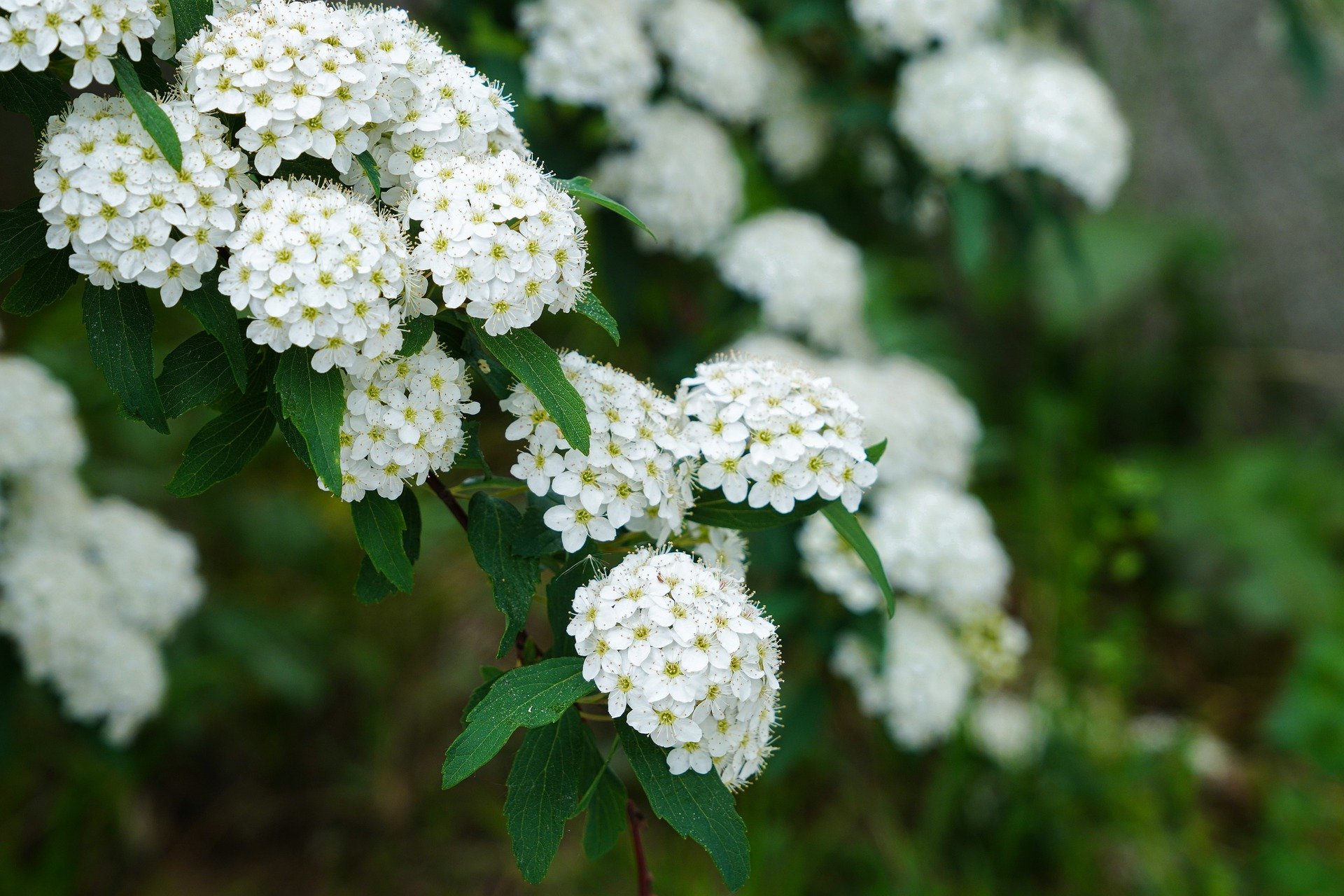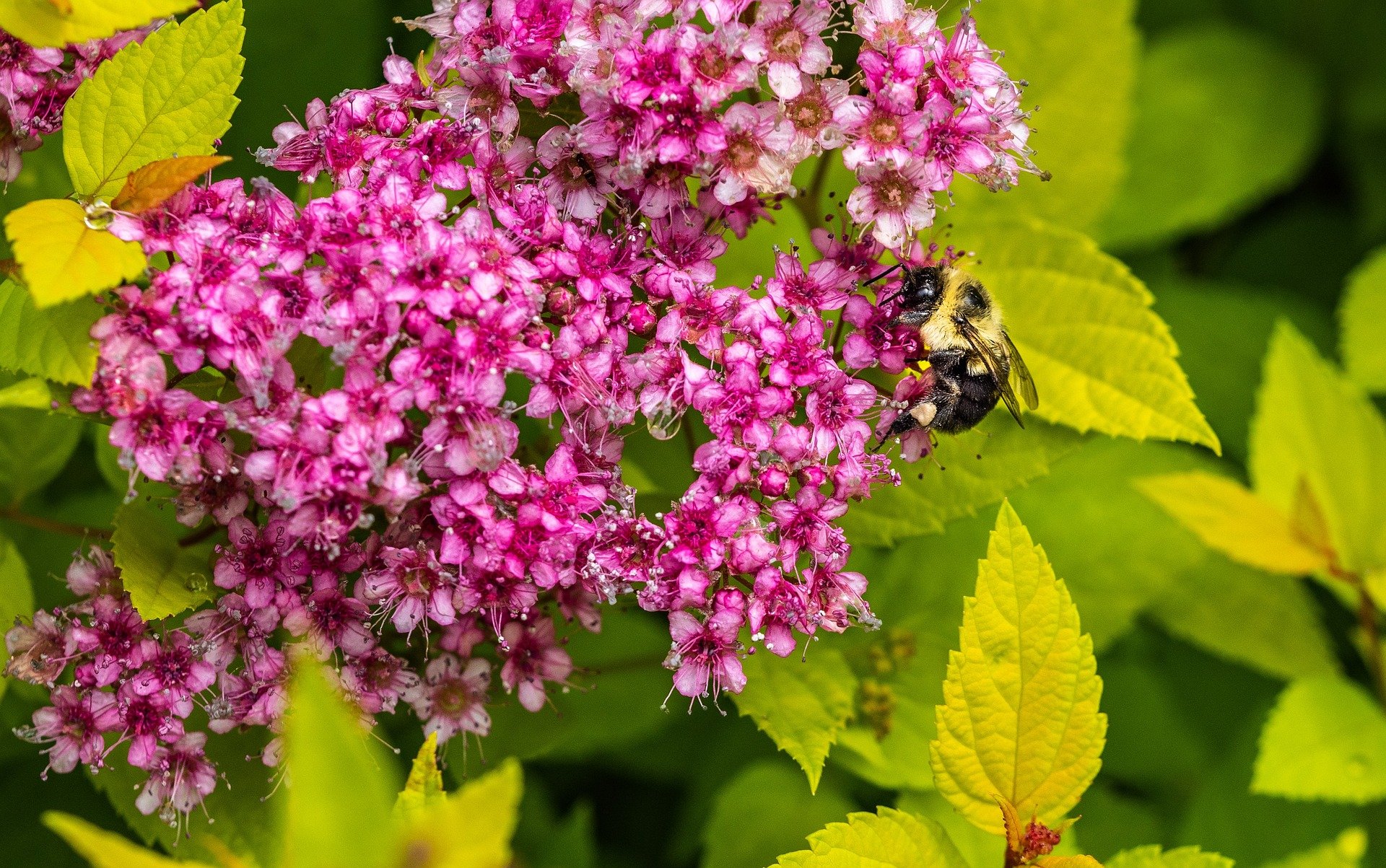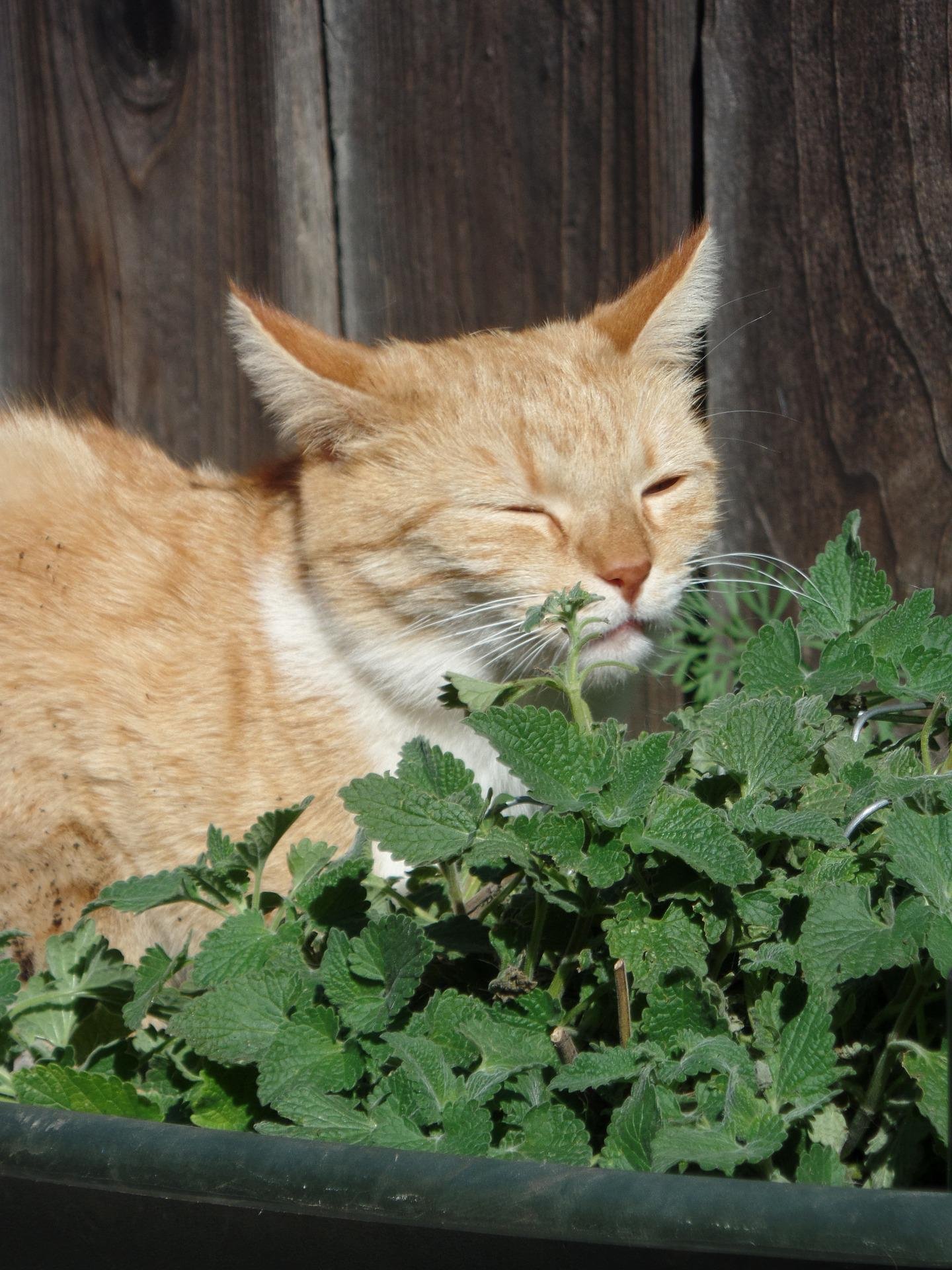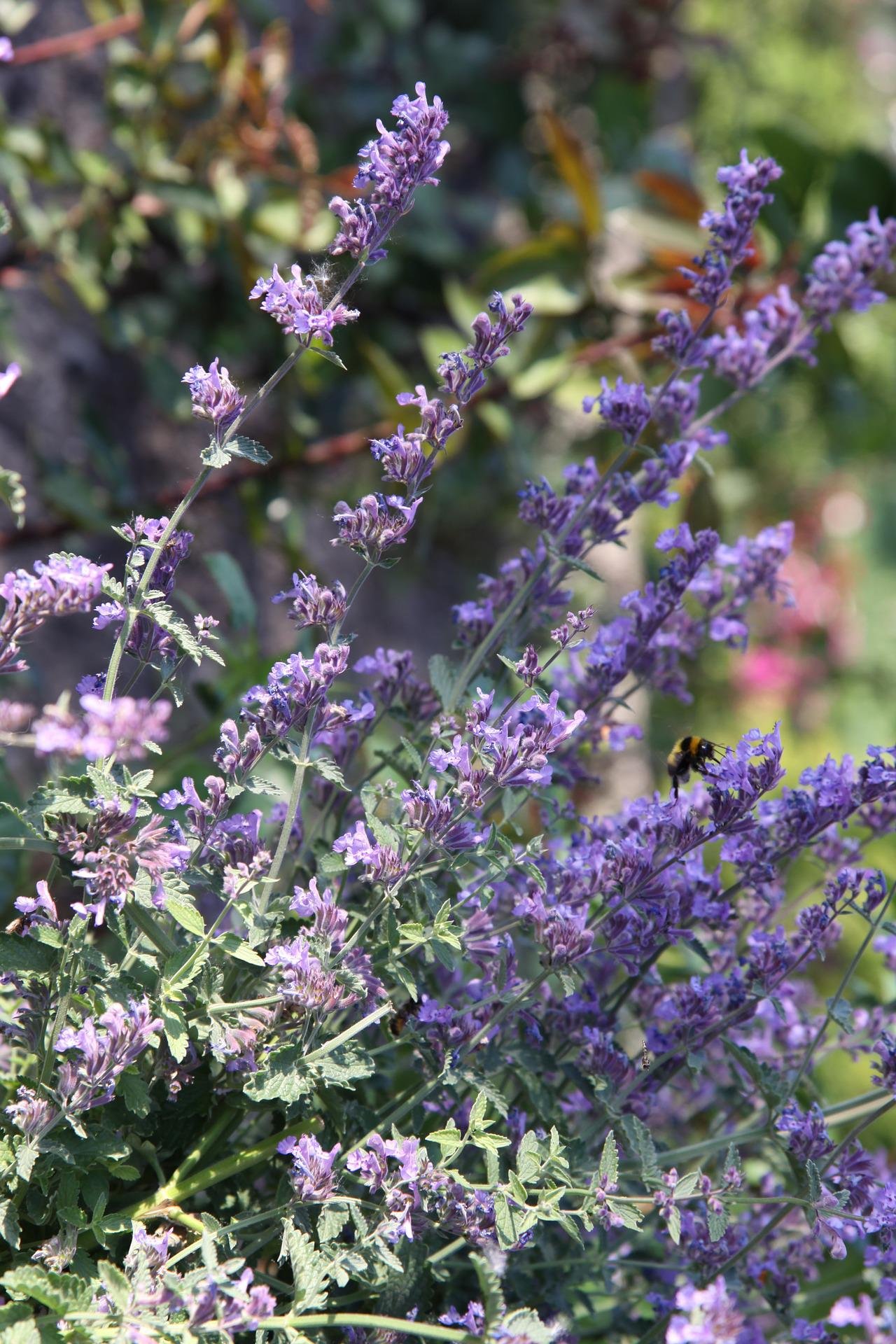Fireworks exploded across the nation Monday night in celebration of Independence Day. In the garden, Bee Balm (Monarda didyma and Monarda fistulosa) blooms are exploding into Nature’s version of fireworks. Monarda is pronounced moe-NAR-da.
Bee Balm is a heat-loving, native perennial that should be in every sunny pollinator garden. Its square stems tell the gardener that it is a member of the mint family. Like mint, it spreads aggressively by underground runners and can become invasive if not restrained. Plants are hardy zones 4 through 9. They prefer acid to neutral soil, and tolerate heavy clay. They are heat-tolerant, but moist soil produces a prettier, healthier specimen.
Bee Balm can be propagated by seed, division, or cuttings. To prevent spreading, create a collar by cutting the top 4-5 inches off a nursery pot, then sinking it a couple of inches into the soil around the plant. The collar will serve as a STOP sign to encroaching roots. Be alert for any small plants that manage to evade the barrier. After a couple of years, lift congested plants, divide, and replant.
Plants can reach four feet or more, and may need staking to keep them upright after summer thunderstorms. They tend to flop when grown in part-sun areas. Older cultivars developed a bad reputation for their proclivity to disfiguring mildew and rust. New introductions are both disease resistant and shorter to reduce the need for staking. ‘Jacob Cline’ (red) and ‘Grand Marshall’ (fuchsia to purple) are two mildew-resistant cultivars. Good air circulation helps prevent mildew problems. If your plants fall victim to mildew, try to ignore the ugly leaves rather than using fungicides that may have a negative impact on pollinators.
Bee Balm blooms have a complicated structure which is better demonstrated by a photo than description. Plants have an extended flowering period even if they are not deadheaded, although removing spent flowers make a more attractive show.
Bees, butterflies, and hummingbirds love the flowers, while deer and rabbits leave plants alone. This may be because of the strong fragrance of the foliage. Bee Balm is one of the rare plants that will grow well near Black Walnut trees. The leaves and flowers can be used to make teas or flavor jellies. Presumably, the Oswego Indian tribe brewed the leaves, because a common name that has fallen from wide use is Oswego Tea.

